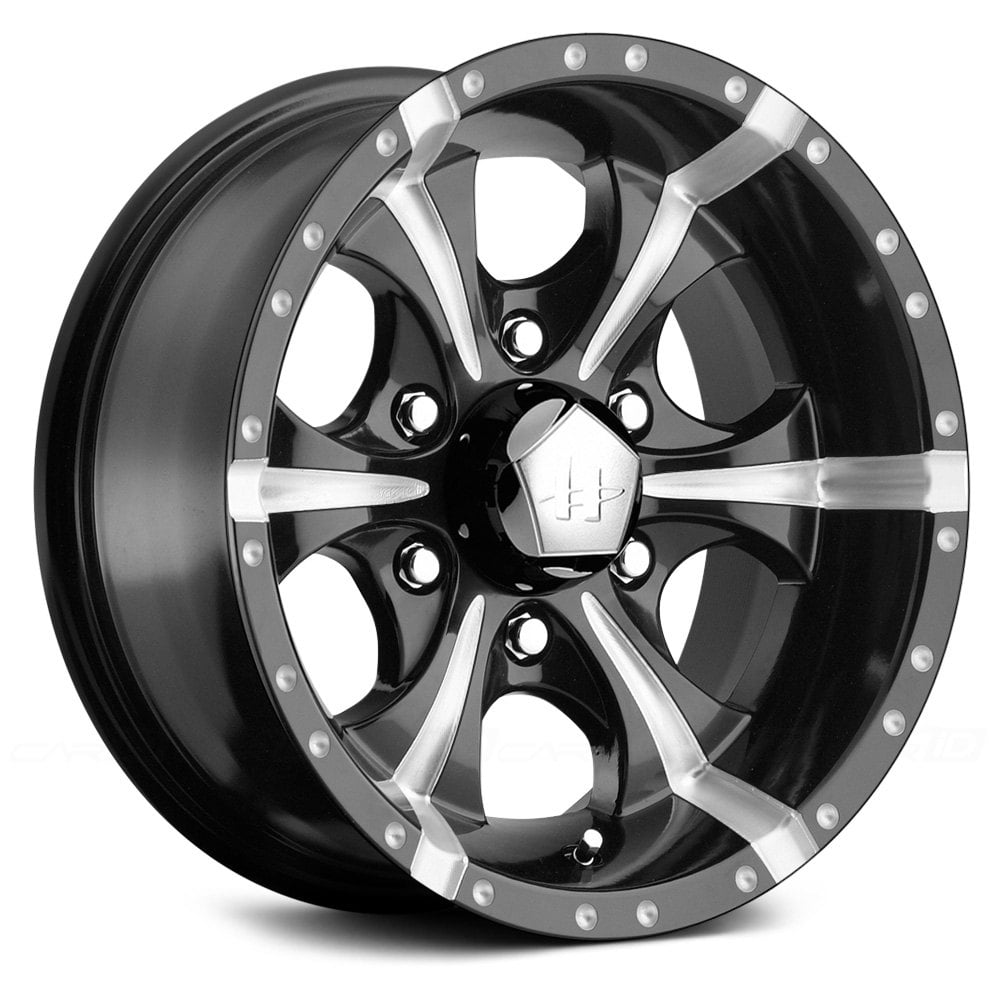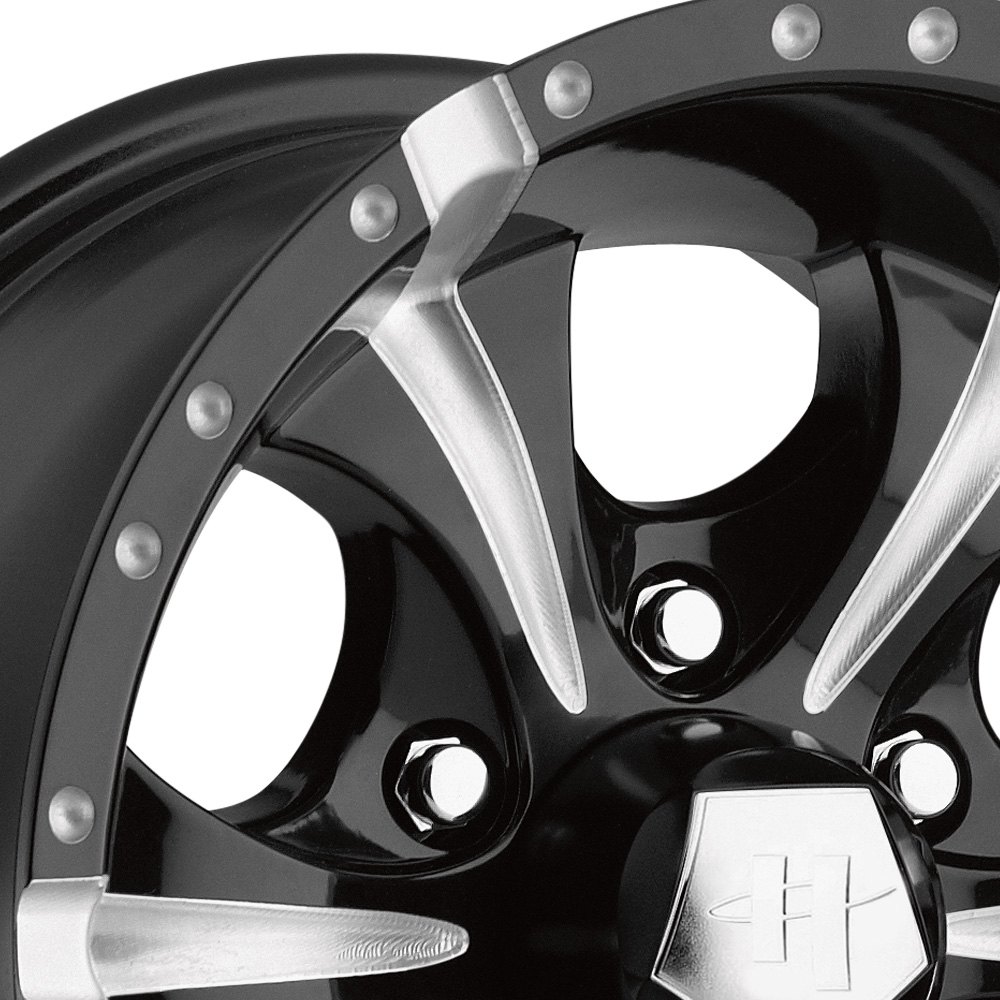

Mi-26 is powered by two Lotarev D-136 turboshaft engines. The take-off weight can be displayed in the sensor or electronic device fitted on the main gear’s shelf on the rear side of the flight engineer seat. The hydraulic crane allows for the cargo loading of different surfaces through rear doors (tail fuselage) using ladders and sub ladders. Mi-26 features non-retractable tricycle-type landing gear with two steerable nose wheels. The helicopter is equipped with a Groza 7A813 weather radar, an integrated PKV-26-1 flight navigation system, an automatic flight control system, a Doppler, map display, horizontal situation indicator (HSI), an automatic hover system and a global positioning system (GPS). The flight engineer and navigator seats are built on the back side of the pilot’s seat. The seats of the pilot and co-pilot are located adjacent to each other in the front side of the cockpit control panel. The cockpit, pressurised to optimise visibility, accommodates five flight crew, namely the pilot, co-pilot, flight engineer, navigator and electronic radio operator. Infrared jammers block the infrared signal transmission and protect the helicopter from infrared missiles. The Mi-26 boasts electrically de-iced main and tail rotor blades, infrared jammers, infrared suppressors, infrared decoy dispensers and a colour-coded identification flare system to protect the helicopter from ballistic missiles. It also boasts a closed-circuit television camera to monitor the positioning of slung load. Two electric winches on the overhead rails are used to move loads into the cabin. The compartment, which is 12m long, 3.3m wide and 3.2m high, can hold two combat vehicles of approximately 1,000kg each. The helicopter also comprises a cargo compartment on the rear side of the cockpit. The heavy load carrying capacity and high cruise speed feature allow the helicopter to be economically efficient.

Mi-26 features eight main rotor blades and five tail rotor blades fitted above the mid-fuselage section on hump. The helicopter is also used in the construction of bridges and power transmission lines. Rostvertol is currently producing Mi-26 helicopters that can operate efficiently both day and night in adverse weather conditions and water basins. Following the completion of the Mi-26’s development in 1983, it entered into service in 1985.

The prototype helicopter was first showcased in the 1981 Paris Air Show. The first Mi-26 was rolled out in October 1980. Its payload capacity is 1.5 to two times more than earlier versions. The empty weight of the developed aircraft is half of its maximum take-off weight. The development of the Mi-26 began in early 1970. The alloys used in the fuselage construction are 26% lighter than aluminium alloys earlier used in the Mi-6 helicopter. The Mi-26 can perform a number of tasks, including the transferring of military equipment, namely personnel carriers and mobile ballistic missiles, to distant locations.Ĭomposite material used in the fuselage design reduces the overall weight of the helicopter. “About 276 Mi-26 helicopters are currently in service worldwide.” It is designed to replace its earlier version Mi-6 and Mi-12 helicopters. It also reduces the workload of the flight crew, the mission planning time and the total operational cost. The Mi-26 is designed to increase flight safety and reliability. The IAF has also procured 12 engines.Īpart from Russia, it is in service in Ukraine, Kazakhstan, Belarus, India, Peru, Greece, Laos, Cyprus, North Korea, South Korea, Malaysia, Mexico and Venezuela. The remaining two, however, were cancelled due to reduced utilisation of the aircraft. The third and fourth were delivered to IAF in February 1989 at a cost of INR220.7m ($4.73m). The Indian Air Force (IAF) ordered six Mi-26 helicopters, the first two of which, worth INR180m ($3.86m), were delivered in June 1986. The Mi-26TZ is a fuel tanker version, while the Mi-27 is airborne command post variant. It was first introduced in 1994.Īnother variant, the Mi-26TS, is an export version of the Mi-26T supplied to Samsung Aerospace Industries, South Korea. The Mi-26TP is a fire-fighting helicopter, which can distribute 17,260l of water from a squat VSU-15 bucket. The Mi-26S is a disaster relief version incorporated with a discharging liquid tank and underbelly spraying apparatus. It is a flying crane helicopter introduced in 1997. The variant features airline-type seating, with a centre aisle, bathroom, kitchen and cloakroom near the flight deck.Īnother variant, the Mi-26PP, is a radio relayed version with its first flight test completed in 1986. The Mi-26P is a passenger transport version, which can carry 70 to 100 passengers.


 0 kommentar(er)
0 kommentar(er)
